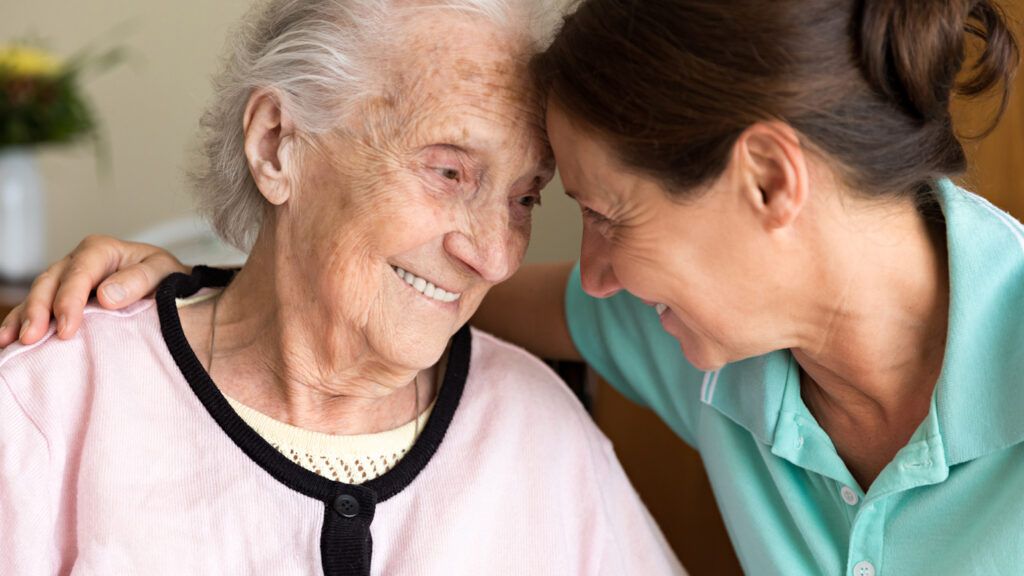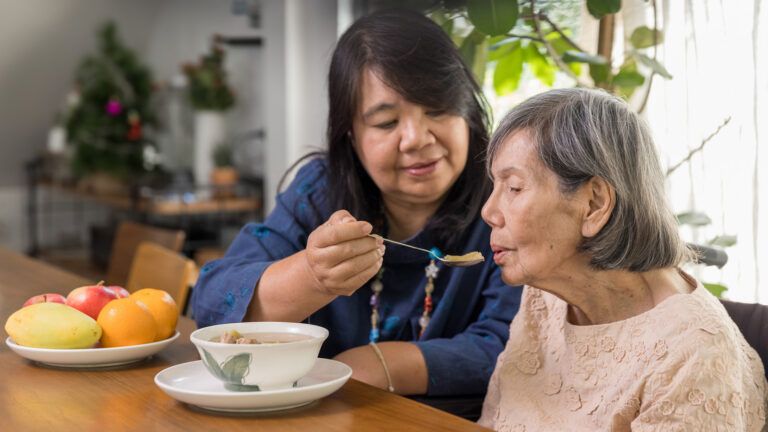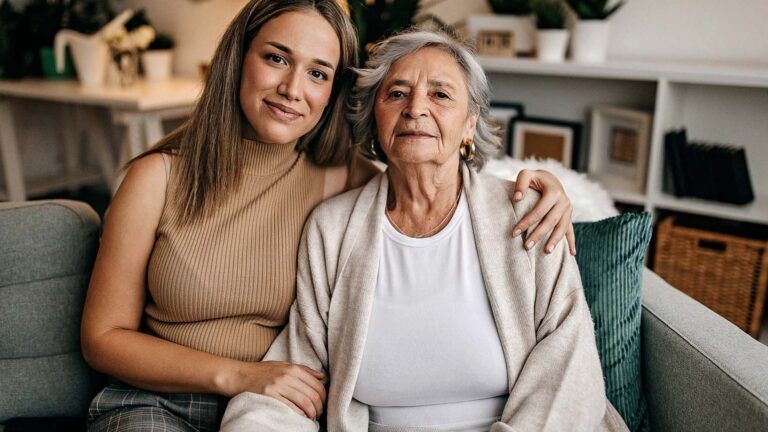Sara Powers, PhD is a Research Scientist with the Center for Research and Education at Benjamin Rose Institute on Aging.
When my mother’s cancer reached the terminal stage, I was very thankful that I had a working knowledge of hospice care and how it can greatly help to lift end-of-life burdens. Armed with this information, my family and I were able to put our energy and attention into my mom’s quality of life and pain management as she entered into her life’s final journey. Many people, however, do not fully understand hospice care, and may struggle against misconceptions. Determining whether hospice care is right for you and your loved one may be tough, but knowledge is power. The following information can help clarify your choices, and ultimately allow for a more peaceful and soothing experience for both you and your loved one, as well as your other family members.
How is hospice defined?
Hospice is a philosophy of care that focuses on quality of life and compassionate care for individuals with any terminal illness, no matter their religion, race/ethnicity or age. A primary tenet of hospice care is focusing on caring for the person, rather than curing his or her illness. But this doesn’t mean that the person has to give up on life and forgo all medical treatments. Rather, hospice is intended to help people enrich and savor their last stage of life through deep reflection, focusing on end-of-life goals and creating a holistic and supportive end-of-life experience.
Hospice care typically takes place wherever the person undergoing care lives such as in his or her private residence, assisted living facility or nursing home. The hospice approach to pain management and medical care is multifaceted, and includes spiritual and emotional components. All services are tailored to the desires and needs of the individual, as well as family members.
It is not unusual for hospice services to also include short-term stays at an in-patient facility for pain management or caregiver respite. When my family and I made the decision to place my mom in hospice care, she was first admitted into a short-term hospice facility so her symptoms and pain could be managed while we decided how to manage her home hospice care. Prior to making this decision, my mom’s doctor had deemed she had 6 months or less to live, which is a requirement to be eligible for hospice services. Although this was a tough realization, and put a finite number on the days she had left, my family and I knew that my mom did not want to be in pain and suffer during her final days. Hospice care allowed us to have more quality time with my mom in a comfortable home-like setting, for which we are forever grateful.
What services does hospice care generally offer, and how are they delivered?
Once your loved one starts hospice services, the care team will devise an individualized care plan for him or her, as well as for close family members and others who will be part of the journey. Private insurance, as well as the Medicare and Medicaid hospice benefits, typically cover hospice care. Care teams are interdisciplinary and are usually made up of:
- Doctors
- Nurses
- Social workers
- Speech, occupational or physical therapists
- Trained volunteers
- Clergy
- Spiritual and bereavement counselors
- Home health aides
With the plan in place, the hospice team will work with the family to provide a peaceful and comforting environment for the terminally ill loved one, which generally includes the following services:
- Teaching the family how to care for their loved one, such as helping with wound care, diapering, bathing, and administering medications
- Managing the pain and symptoms of the terminally ill person
- Helping set up medications and necessary medical equipment
- Providing physical, occupational or other supportive therapies
- Explaining and assisting the family and loved one through the psychological, social, spiritual, physical and emotional aspects of the end-of-life process
- Providing grief counseling and supportive services, which may include support groups, written materials, telephone calls or home visits, both before and after the death of the loved one
- Providing short-term in-patient care when necessary to help manage difficult pain/symptoms or provide caregiver respite
While at the short-term facility, my family and I met with social workers, physicians, nurses and clergy members who helped us begin to work through our grief and prepare for my mom’s death. We learned so much from their teachings and grace, that it made the inevitability of death a peaceful process. The hospice staff at the facility were there around the clock offering their support and guidance, and would have offered in-home support as well if my mother had eventually been placed back into my childhood home.
This hospice team, who in my eyes were nothing short of earth-bound angels, helped empower my mom to make decisions about her care until the very end, whether it was figuring out when to stop palliative radiation treatments or deciding when to change her pain medications. Through all of the sadness and grief, we were even able to lightheartedly plan various details of my mom’s funeral while involving her in the planning, which included her request that she and I wear 1990’s prom gowns to her funeral, while we played The Beatles and Taylor Swift songs for her guests.
After my mom peacefully passed away surrounded by all of her loved ones, our hospice services continued. We attended bereavement counseling and the hospice members checked in with monthly phone calls. Four years later, we still wear our hospice support bracelets that remind us to “Embrace Each Moment” and remember our last cherished moments with my mom.
It can be extremely challenging to decide whether your loved one is ready for hospice care, but once the decision is made, all involved may relax a bit and focus on making the experience as positive as possible. If you and your family feel you have not exhausted all of the available treatment options for a cure, hospice may not be the right choice for you. But if you would like to further explore hospice as an option, check out the following resources:
- Informational guide on the Medicare hospice benefit
- The National Hospice and Palliative Care Organization
- Hospice Foundation of America
- Important information about end-of-life decisions including artificial nutrition and hydration at the end-of-life
- Helpful tools for end-of-life caregiving
- CaringInfo publications via the National Hospice and Palliative Care Organization





